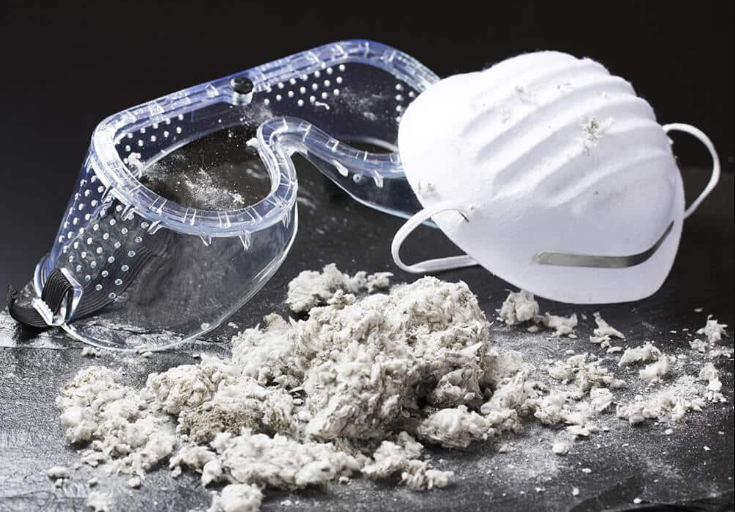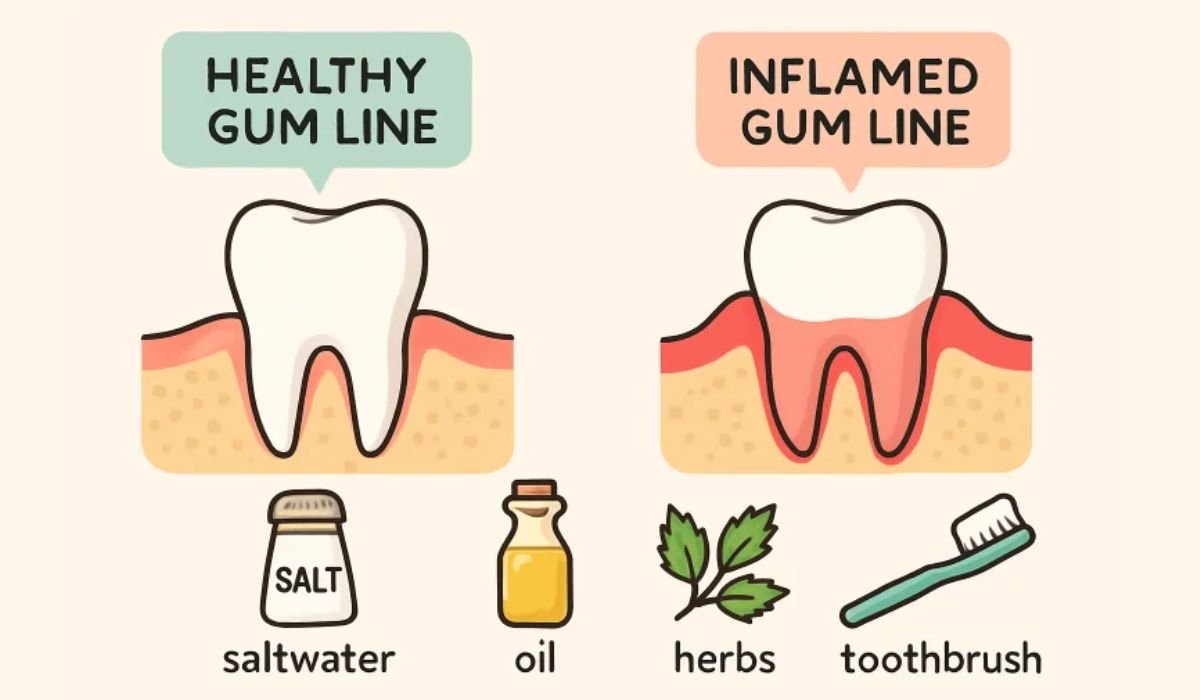Asbestos: a term that might conjure images of old buildings and insulation materials, yet its impact is both current and significant. This tiny, seemingly innocuous fibre was once widely used for its incredible durability and fire-resistant properties.
Now banned in many countries, asbestos still lurks in older constructions, posing a silent but deadly risk. The danger lies not just in long-term exposure but also in short, seemingly harmless encounters with the material.
What Even Brief Asbestos Exposure Can Do
Asbestos fibres, invisible to the naked eye, pose a significant danger when airborne and inhaled. They bypass the body’s natural defences, embedding deeply within lung tissue to cause irreversible damage over time. Initially, exposure might not trigger any noticeable symptoms, misleading many into believing they are unaffected.
Over time, these fibres can lead to inflammation, fibrosis and genetic damage that predisposes individuals to severe diseases. The latency period for conditions such as asbestosis, lung cancer and mesothelioma can span decades, during which the fibres continuously damage lung tissue and potentially mutate cells, leading to cancer.
By the time symptoms become apparent, severe lung damage or cancer may have already developed, significantly complicating treatment and prognosis. This delayed onset of symptoms underscores the importance of rigorous safety measures, continual monitoring and early detection, especially for individuals who have been exposed to asbestos, no matter how briefly.
Other Risks of Asbestos Exposure
Asbestos exposure extends beyond direct health consequences to individuals:
- Health Risks at Home: Consider the construction worker dealing with asbestos. The fibres can cling to clothing, hair and tools, unwittingly bringing these dangers home. Simple actions like hugging a child or sitting on a communal sofa can transfer these fibres into the home environment, risking the health of loved ones.
- Environmental Contamination: Asbestos doesn’t stay put; it can spread through the air or be carried by water, contaminating ecosystems. Wildlife can ingest or inhale fibres and plants can absorb them, causing ecological damage and potentially affecting the human food chain through crops and animals.
- Property Devaluation: The discovery of asbestos in a property is a significant financial hit. It often necessitates costly removal and leads to potential buyers or tenants steering clear, even after remediation. Disclosure of asbestos can deter investments, affecting property and community development.
- Legal and Compliance Risks: Companies that neglect to manage asbestos appropriately risk severe penalties, including fines, legal action and a tarnished reputation. Strict adherence to safety regulations and proactive asbestos management is imperative to avoid legal consequences and ensure the safety of all stakeholders.
What Workers and Businesses Can Do
Effective strategies are critical in preventing asbestos exposure:
- Prioritise Training Awareness: Asbestos awareness training programmes that focus on the identification and safe handling of asbestos can prevent accidental exposure. These programmes should be mandatory for all at-risk workers and regularly updated to reflect the latest safety standards.
- Compliance is Non-Negotiable: Ensuring that all practices meet or exceed industry standards and government regulations is fundamental. Regular audits can identify potential risks or areas of non-compliance before they become serious issues.
- Monitor Health Closely: Implementing regular health screenings and maintaining medical records for workers can help detect asbestos-related diseases early, facilitating timely medical intervention.
- Invest in Protective Gear: Using appropriate respiratory protective equipment (RPE) is essential. Businesses should provide these to employees and ensure they are worn correctly and consistently and evaluated by a responsible person trained in face fit testing.
- Develop Robust Safety Plans: A comprehensive asbestos management plan should detail methods for safe handling, removal and proper disposal of asbestos materials, as well as emergency response procedures for accidental exposures.
Diseases Caused by Asbestos Exposure
Exposure to asbestos can lead to several serious and often fatal diseases, primarily affecting the respiratory system. The microscopic fibres can become lodged in the lungs, causing long-term health complications that may not manifest for years or even decades after the initial exposure. Below are the main diseases associated with asbestos exposure:
1. Asbestosis
Asbestosis is a chronic lung disease that results from prolonged inhalation of asbestos fibres. These fibres cause lung tissue scarring (fibrosis), which leads to difficulty breathing and reduced lung function. Symptoms often include persistent coughing, chest pain, and shortness of breath. Asbestosis is progressive, and although it is not a form of cancer, it significantly increases the risk of developing other asbestos-related diseases, including lung cancer.
2. Mesothelioma
Mesothelioma is a rare but highly aggressive cancer that forms in the thin layer of tissue covering most internal organs, primarily the lungs (pleural mesothelioma). Asbestos exposure is the leading cause of mesothelioma, which can also affect the abdomen (peritoneal mesothelioma) or, more rarely, the heart or testicles. Symptoms often don’t appear until the disease is in its advanced stages, and they include chest pain, coughing, and weight loss. There is no cure for mesothelioma, and survival rates are typically low.
3. Lung Cancer
Asbestos-related lung cancer is indistinguishable from lung cancer caused by smoking or other environmental factors. However, people who have been exposed to asbestos are significantly more likely to develop lung cancer, particularly if they also smoke. Symptoms include a persistent cough, chest pain, coughing up blood, and shortness of breath. Early detection is crucial for treatment, but asbestos-related lung cancer often goes undetected until it has progressed to a more advanced stage.
4. Pleural Thickening
Pleural thickening is a condition in which the lining of the lungs (pleura) becomes scarred due to asbestos exposure, causing the pleura to thicken and harden. This can restrict lung expansion and lead to breathlessness and chest pain. While it is not a cancerous condition, pleural thickening can severely impact the quality of life and may be a precursor to more severe asbestos-related diseases.
The diseases caused by asbestos exposure are irreversible and, in many cases, fatal. Preventing exposure and ensuring proper safety measures are taken are the only effective ways to protect against the devastating health impacts of asbestos.











